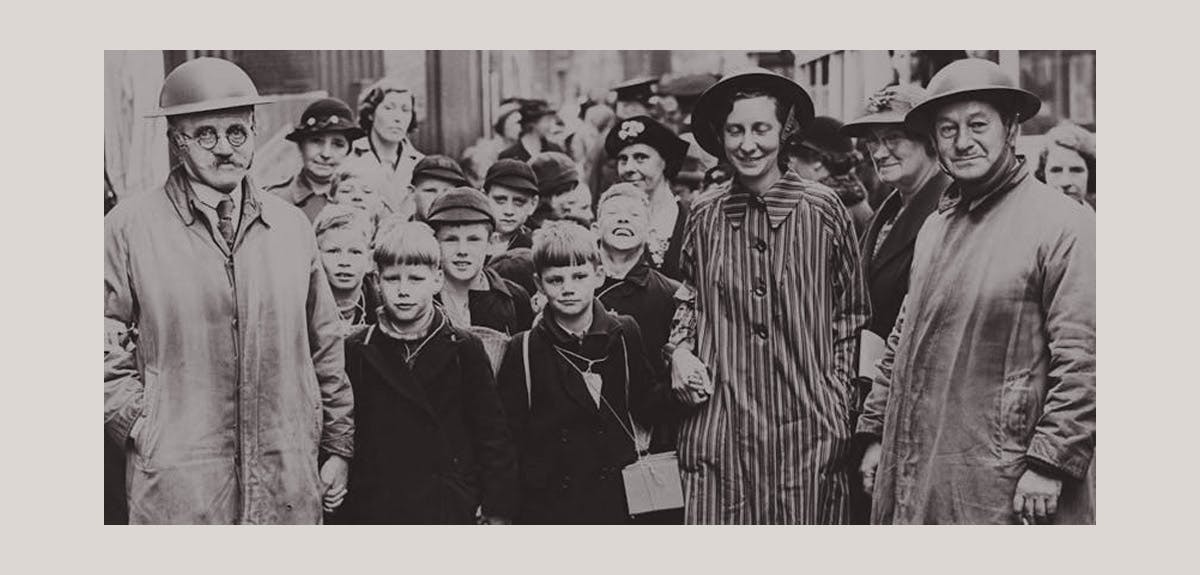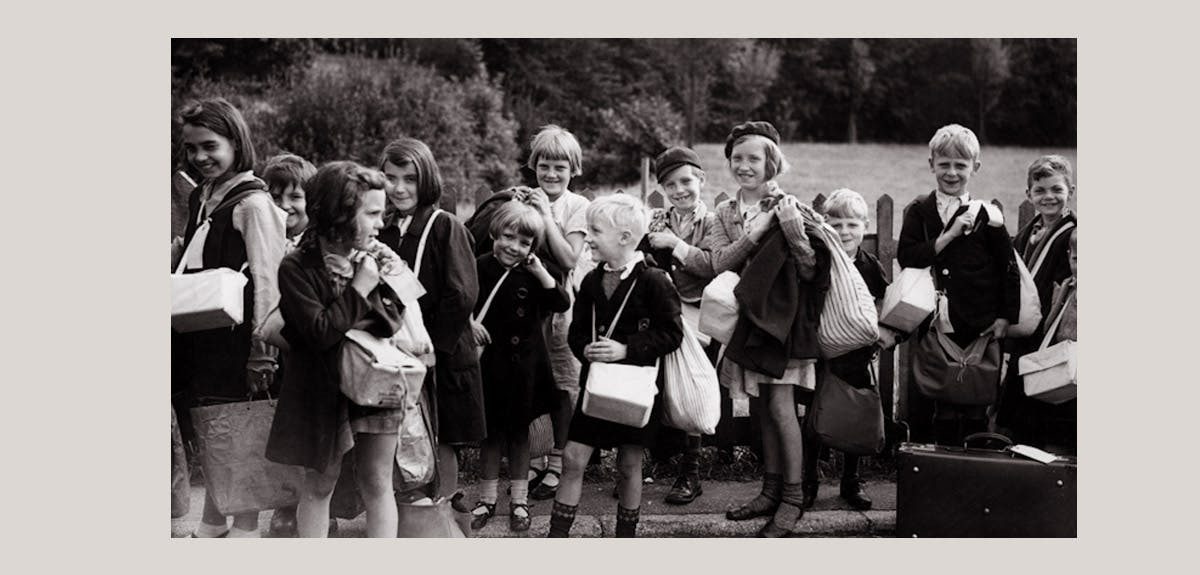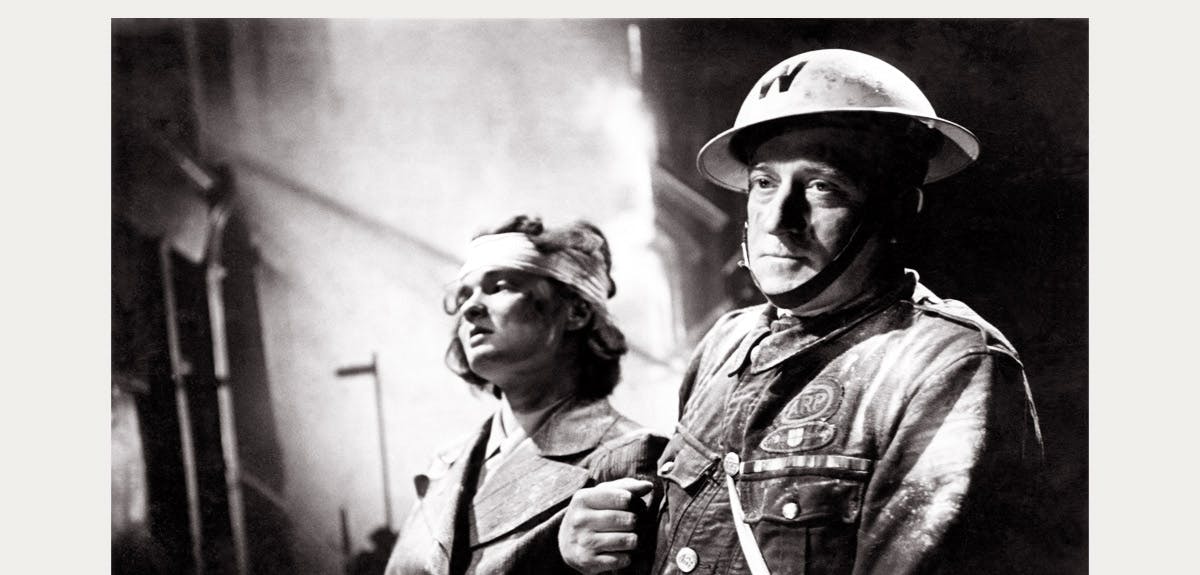The crucial role of first aid posts in World War 2 Britain
3-4 minute read
By Niall Cullen | March 28, 2025
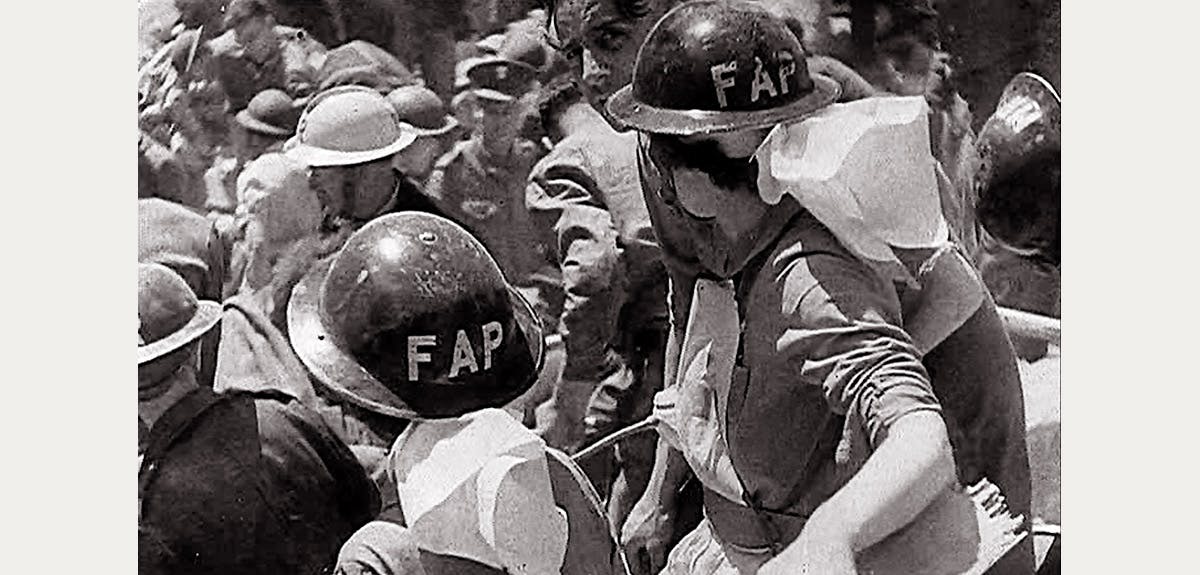
Amidst the chaos of air raids, first aid post volunteers emerged as unsung heroes on Britain's home front during the Second World War. Gain a deeper understanding of the vital part they played.
First aiders became the backbone of civilian defence during World War 2 in Britain, providing immediate medical care and comfort to those in need. Their contribution was not just a matter of duty but an embodiment of resilience and compassion during a crisis.
Find your family, home and town in the 1939 Register
Delve deeper into life on the home front in wartime Britain
How did these everyday heroes transform into the lifeline of their communities during one of Britain's darkest hours?
The role of British first aid posts in the Second World War
As bombs rained down on cities, first aid posts provided critical emergency care to civilians wounded in air raids. The British Red Cross and other organisations established these posts as part of Air Raid Precautions, a civil defence measure coordinated by the Home Office. These hubs of hope offered more than just medical assistance. In a world of uncertainty and fear, the reassurance they offered the public was invaluable.
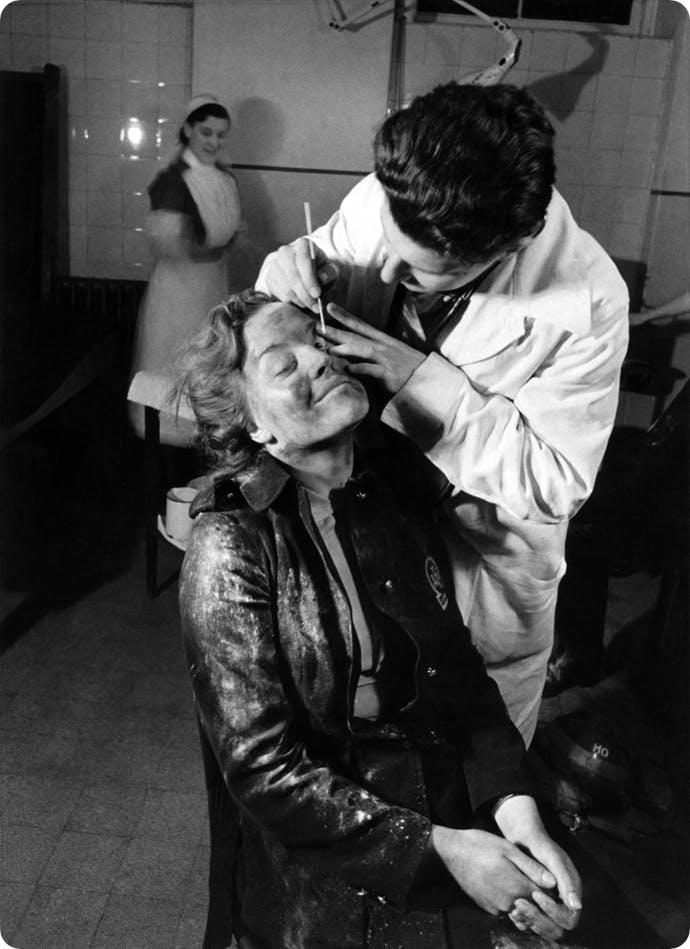
A member of the Auxiliary Fire Service receives first aid treatment for an eye injury, December 1941. View in the Findmypast Photo Collection.
In the heart of the chaos, volunteers at first aid posts delivered essential medical services quickly and effectively. These dedicated workers committed themselves to stabilising patients, offering initial treatment, and preparing them for further medical attention at hospitals or medical units. First aid posts served as a critical triage point, assessing injuries and prioritising care to ensure that those in dire need received immediate attention.
The British Red Cross equipped these posts with necessary medical supplies and first aid equipment. Combined with the British Army's regimental aid posts, the involvement of first aid workers in local communities highlighted the importance of a unified approach to civilian defence.
Challenges faced by first aid workers
Navigating the treacherous landscape of war-torn Britain, first aid workers braved dangerous conditions to save lives. Each air raid brought with it a harrowing scene of destruction and casualties. Armed with little more than their courage and basic medical training, volunteers ventured into bombed-out streets, often risking their own lives to reach the injured. The unpredictability of attacks meant they had to remain constantly vigilant and ready to respond at a moment's notice.
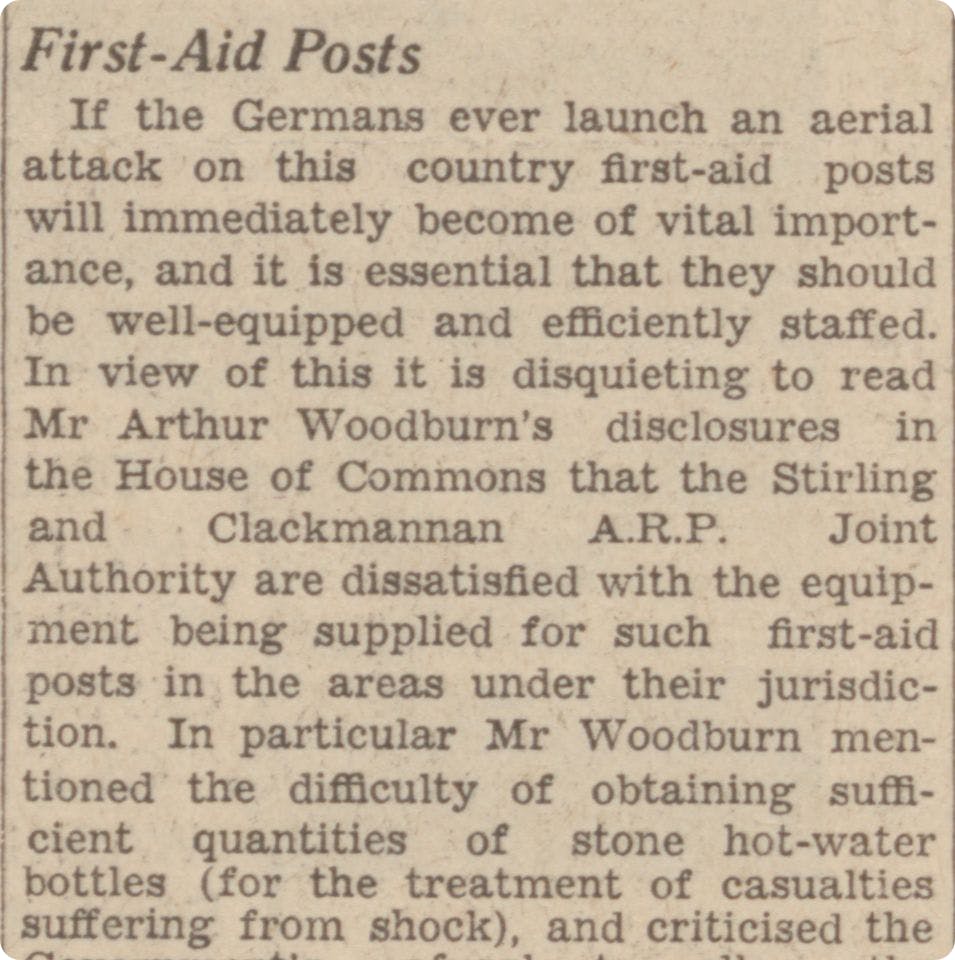
Some first aid posts struggled with staffing and equipment levels. Falkirk Herald, May 11, 1940. View the full newspaper article.
Limited medical supplies posed significant challenges for effective treatment. As the war effort necessitated the rationing of essential items like bandages and antiseptics, first aid posts ensured that these critical resources were used judiciously. Volunteers often found themselves having to improvise solutions to cope with inadequate supplies.
Stretcher bearers, who were vital in transporting injured civilians to Casualty Clearing Stations, faced their own set of challenges, navigating through rubble and debris with precious cargo.
The emotional toll of the work tested the resolve and dedication of first aid workers daily. Witnessing the devastation and loss of life on such a scale was a heavy burden to bear. Yet, amidst the chaos, these individuals found the strength to persevere.
Advancements in first aid services
As the upheaval of war took hold, first aid services saw significant advancements that improved their effectiveness and efficiency. One of the key developments was the introduction of more efficient triage systems. These processes allowed first aid workers to assess and prioritise injuries quickly, ensuring that those who needed urgent care received it promptly. This approach not only saved lives, but also optimized the use of limited medical resources.
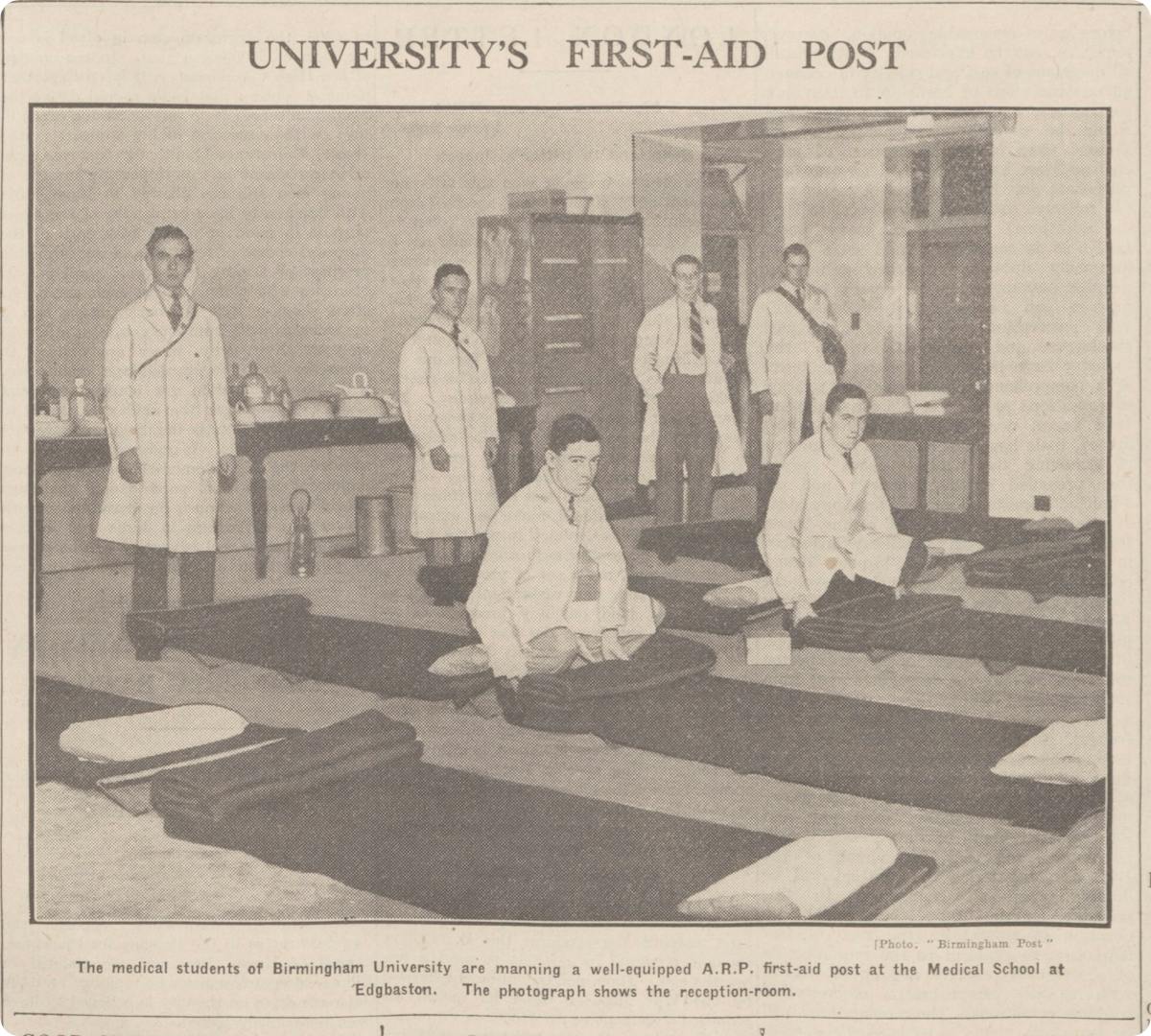
Medical students manned this first aid post. Birmingham Daily Post, October 7, 1939. View the full newspaper article.
Innovations in medical techniques also enhanced treatment outcomes during emergencies. As the war progressed, first aid workers adopted new methods and technologies that improved their ability to provide effective care. The increased government support facilitated better-equipped first aid posts, ensuring volunteers had access to the tools needed to perform their duties. Community engagement further strengthened support networks, allowing for more efficient resource distribution and a collective effort in the most trying circumstances.
Training and recruitment
Along with charities like the British Red Cross and St John Ambulance, the government launched extensive recruitment drives to attract first aid volunteers from diverse backgrounds. These efforts aimed to ensure enough individuals were trained and ready to respond to emergencies nationwide.
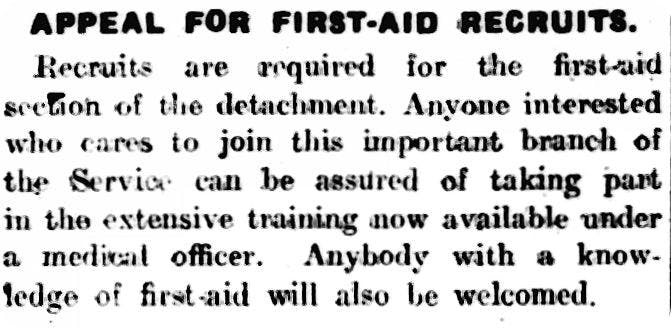
Appeals for first aid recruits were published in local newspapers. Hawick News and Border Chronicle, October 10, 1941. View the full newspaper article.
Training programmes equipped volunteers with essential life-saving skills, preparing them for the realities of wartime Britain. Community centres and local hospitals served as training hubs, offering hands-on practice and real-life simulations. Volunteers were taught essential first aid skills, including bandaging wounds, administering CPR, and treating shock.
Collaboration between the government and charitable organisations helped to ensure adequate staffing levels were maintained. This partnership facilitated the efficient deployment of first aid workers to the worst-affected areas, strengthening the civil defence effort.
Women in first aid services
Women were essential to first aid home front efforts during World War 2, stepping forward in large numbers to serve their communities. Their contributions not only challenged traditional gender roles but also demonstrated exceptional leadership and organisational skills. As many were trained nursing staff, women brought empathy and compassion to their roles, providing comfort and care to the injured.
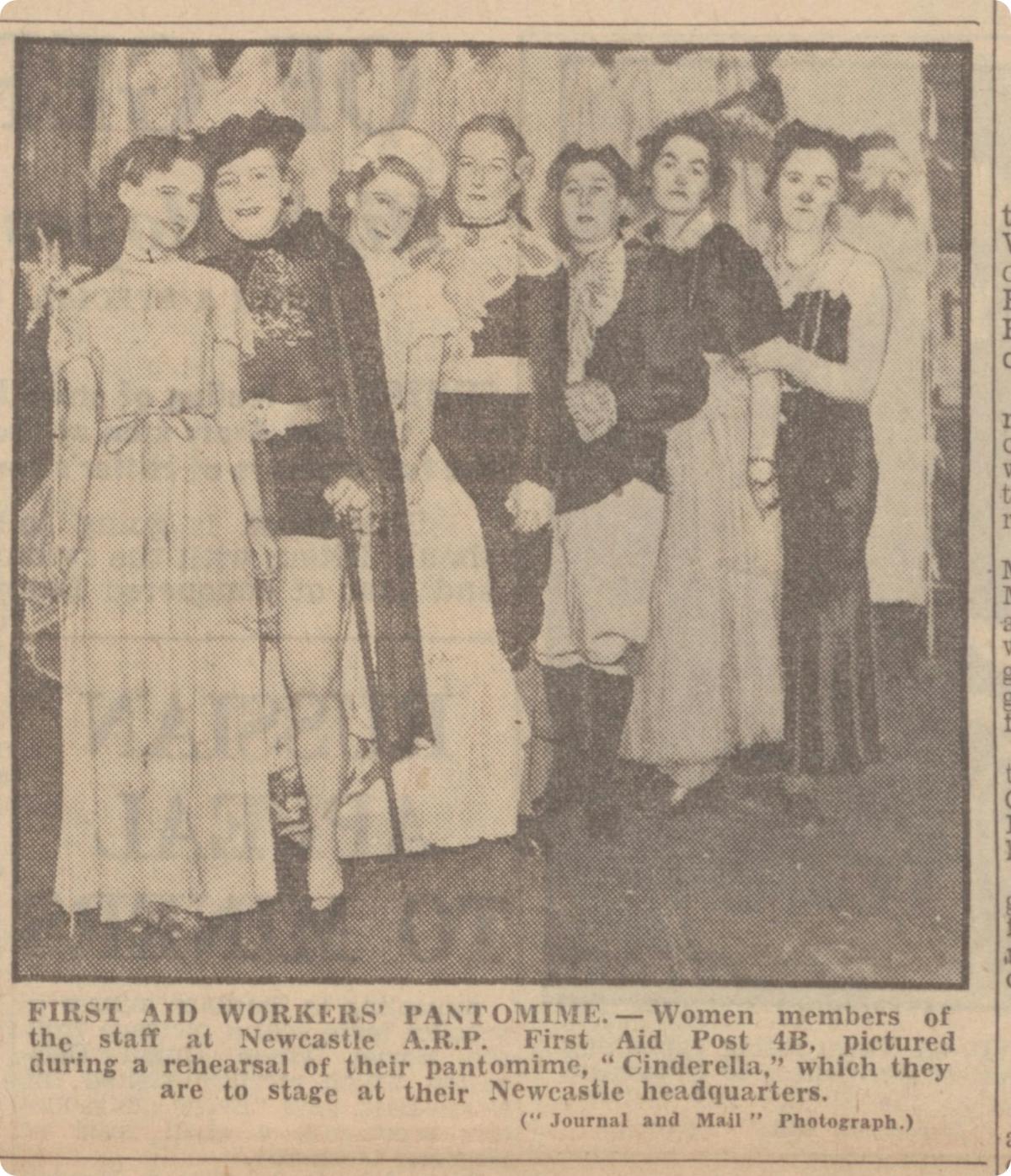
These female first aiders helped keep community spirits high by starring in their local pantomime. Newcastle Journal, February 12, 1942. View the full newspaper article.
The involvement of women in first aid services laid the groundwork for future gender equality in the workforce. Their participation in these critical roles highlighted the capabilities and strengths of women, challenging societal norms and paving the way for greater inclusion across sectors. The legacy of their contributions continues to inspire and empower women today.
The legacy of first aid workers in Britain during World War 2
The dedication of first aid workers during World War 2 left a lasting impact on British society. Communities recognised and celebrated the invaluable service of first aid workers, honouring their contributions and acknowledging their profound impact on home front efforts. Their contributions shaped the future of the country's medical services, policies, and practices. While their spirit of volunteerism is inspiring, the monumental impact of their work highlights the importance of community service in perilous times.

